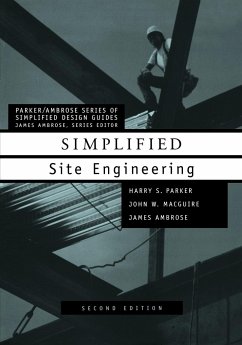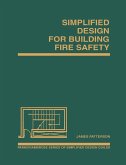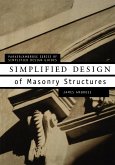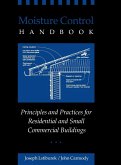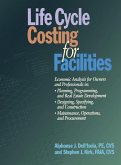A concise, highly accessible source for site engineering basics. This updated edition of Parker's classic text introduces the basic issues, tasks, and problems of site engineering to students and professionals who need to understand the significance of surveying data. It presents the fundamentals of site engineering --surveying and mapping, drainage, slope stabilization, and basic structures --and explains in detail the solutions to a wide variety of problems, including: * Interpretation of deed descriptions * Dimensioning buildings and sites when angles are other than right angles * Computing areas for irregular plots * Dimensioning and laying out circular curves for driveways and buildings * And much more. Featuring a simplified, accessible style with numerous examples of problems and their solutions, as well as references and practical aids that facilitate home study, this is the ideal surveying and site-planning primer for students in architecture, landscape architecture, and civil and structural engineering. It is also an excellent handbook for working architects, building contractors, and professionals in related fields.
Hinweis: Dieser Artikel kann nur an eine deutsche Lieferadresse ausgeliefert werden.
Hinweis: Dieser Artikel kann nur an eine deutsche Lieferadresse ausgeliefert werden.

